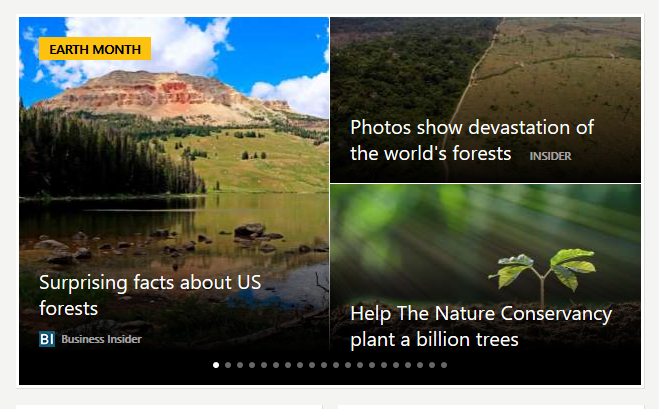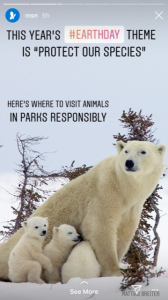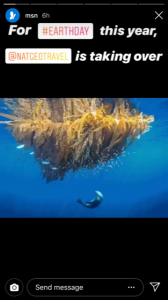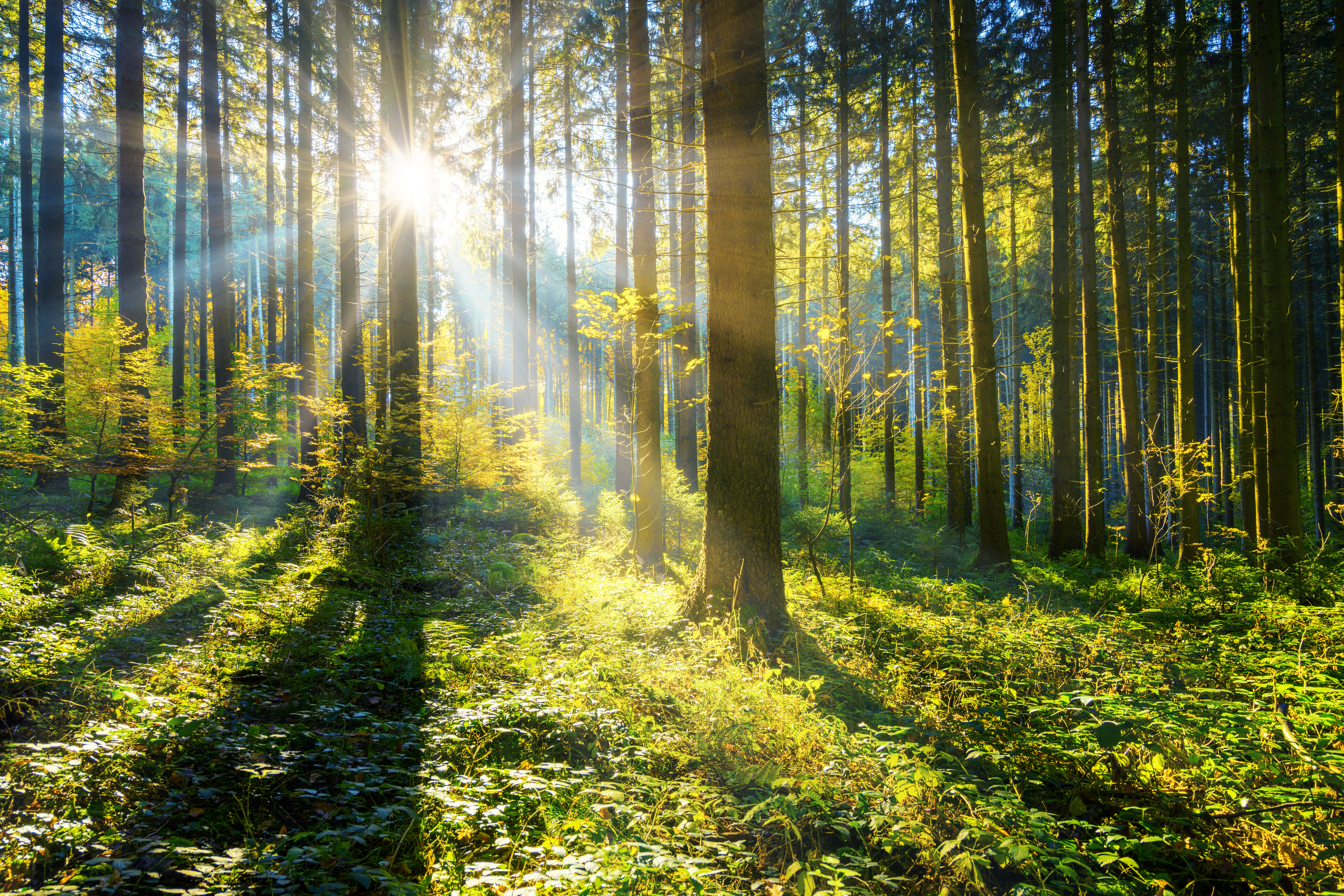April was a very Earth-friendly month at Microsoft.
At this critical time, when the negative impacts that humans have had on the planet are getting very real, through our MSN Causes Earth Month campaign, we saw an opportunity to do something real.
We partnered with other teams across Microsoft to help spread the word and drive attention to a very special project that uses cutting edge technology to understand critical ecosystems and build a sustainable future for our forests.
The Tree Potential Project leverages the power of Microsoft AI in an interactive map created in partnership with SilviaTerra, allowing any of us in the U.S. to find our local forest and learn about what makes it unique and important. Then (and this is the really great part) trees can be planted in the forests where they’re needed most, through The Nature Conservancy’s plan to plant a billion trees by 2025.
More: 12 reasons the planet needs trees
For this program, Microsoft offered to match tree donations from MSN readers and other contributors up to $50,000. Together, we met and surpassed our matching goal before the end of April.
That equals more than 50,000 trees planted, each of which will absorb approximately one ton of carbon dioxide over the course of its life.

At our Earth Day page, readers also picked up tips on how we can live better for the planet, explored gorgeous slideshows of the Earth’s beauty, and showed their support for our other Earth Month nonprofit beneficiary, The National Geographic Society.
If you follow us on Instagram, you may have also seen that on Earth Day, April 22, we handed the reins over to National Geographic, who took over our timeline stories for the day to share their unmatched coverage of the Earth’s challenges and wonders.



Responsible stewardship doesn’t stop in April. There are still many more trees to be planted, and just $2 plants one sapling. You can still contribute here.
To all our readers who donated, learned more about conservation, switched to LED bulbs, cut down on single-use plastics and more, thank you for joining us.




